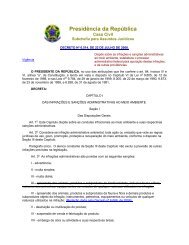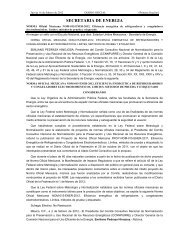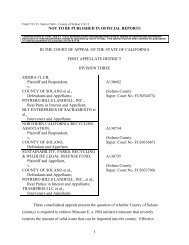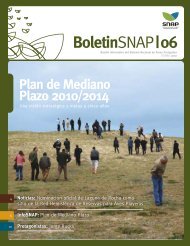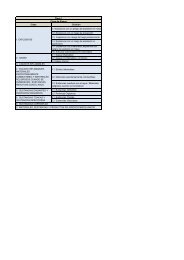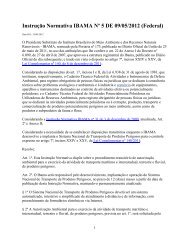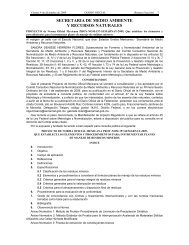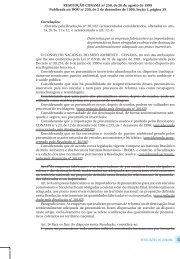OceAn science OceAn science OceAn science
OceAn science OceAn science OceAn science
OceAn science OceAn science OceAn science
Create successful ePaper yourself
Turn your PDF publications into a flip-book with our unique Google optimized e-Paper software.
Research Priorities<br />
Central to effective management of natural and cultural resources is the ability to accurately<br />
assess their current condition. This knowledge will provide the foundation to<br />
understand the complex relationships between living and non-living resources and the<br />
cumulative impacts of human activities, and help determine the likely impacts of various<br />
management alternatives. Research into issues of resource development, use, and extraction,<br />
such as exploration for mineral resources and pelagic and benthic communities,<br />
and regional variability and influence on resources, will help society prevent major impacts<br />
to ecosystems, promote sound development and use of resources, preserve cultural<br />
sites, and support management efforts to restore depleted populations to healthy and<br />
sustainable levels.<br />
Research Priority 1: Understand the status and trends of resource<br />
abundance and distribution through more accurate, timely, and<br />
synoptic assessments.<br />
Assessing the impacts of resource use and extraction (e.g., fisheries, ocean mining, tourism<br />
[cultural sites]) requires measuring the abundance and distribution of living and non-living<br />
resources in the open ocean, coasts, coastal watersheds, and Great Lakes. Capabilities<br />
necessary for these measurements include the ability to: assess fish-stock and protectedresource<br />
status and health; monitor living resources (spanning multiple trophic levels)<br />
nearly continuously over wide swaths of ocean at appropriate levels of species resolution;<br />
assess the spatial and temporal variability (both natural and use-induced) of resources<br />
(e.g., biota, energy, minerals, and pharmaceuticals), including in deep-water settings; and<br />
provide long-term and sustained monitoring and mapping of natural and cultural resources.<br />
Development and implementation of these capabilities will enable adaptive approaches<br />
to the management of natural and cultural resources, using empirical evidence to design<br />
and modify management efforts (e.g., individual harvest quotas, special use areas, marine<br />
protected areas [MPAs]) to be most effective.<br />
14




